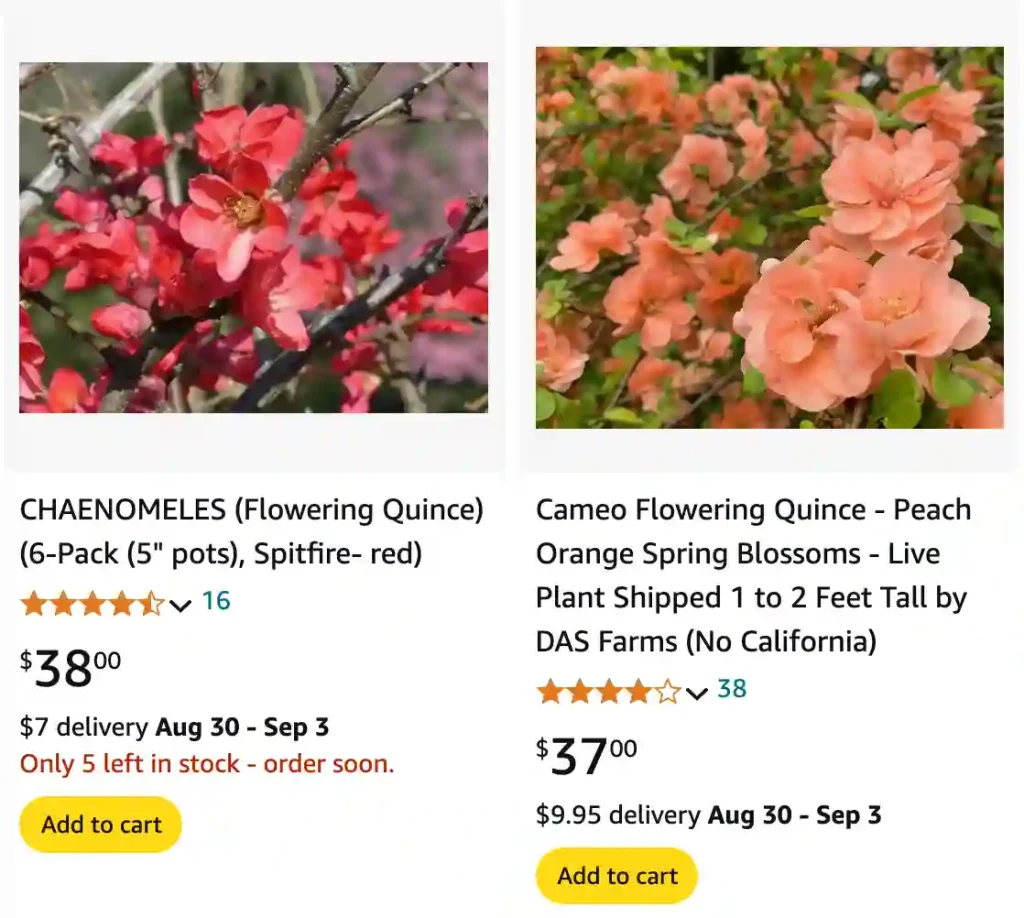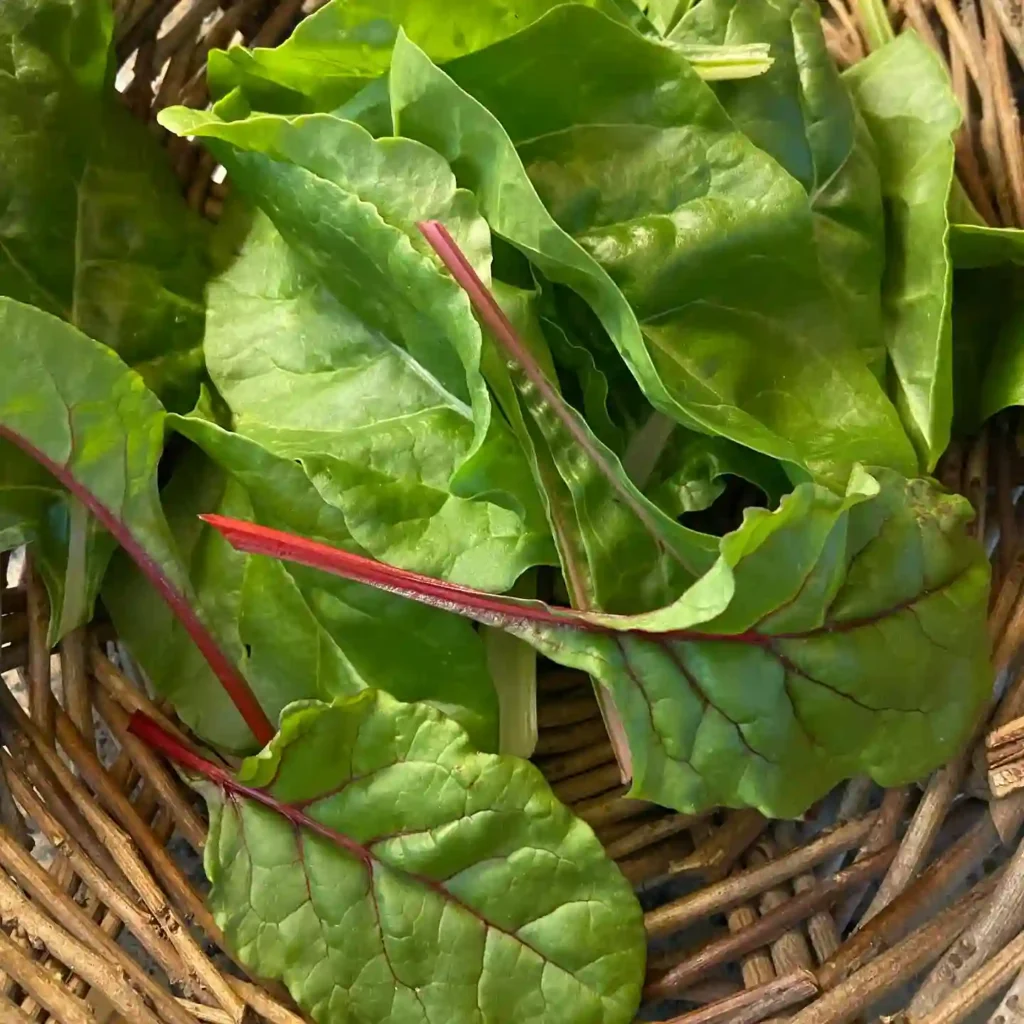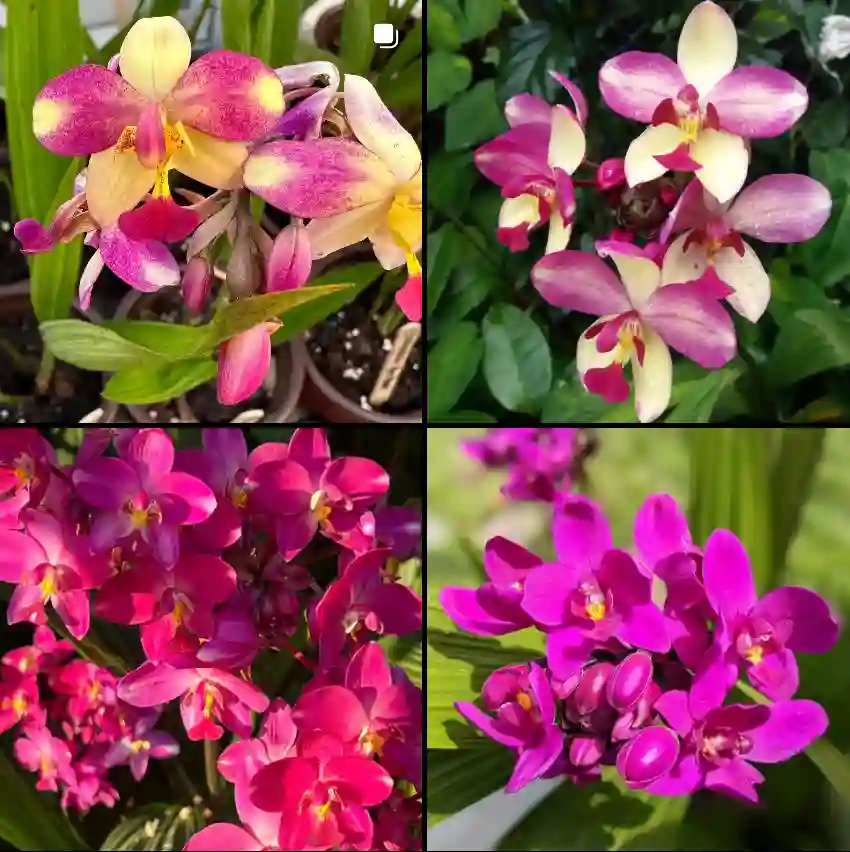
May 1 – Chaenomeles
"Chaenomeles, the flowering quince, represents May 1."
Chaenomeles symbolizes strength and creativity. If this is your day, you are resilient yet artistic, finding beauty in unexpected places. Like its vibrant blossoms against bare branches, you thrive in contrasts and inspire hope.
Chaenomeles: A Thorny Affair
The first time I encountered a Chaenomeles, I was captivated. Not by its beauty, mind you, but by its audacity. There it was, this unassuming shrub, bristling with thorns, yet flaunting these delicate, almost fragile blossoms. It was like a punk rocker with a bouquet, a fascinating contradiction. That encounter sparked a curiosity that has led me down a rabbit hole of discovery about this intriguing genus.
Chaenomeles, for those unfamiliar, is a genus of deciduous spiny shrubs, commonly known as flowering quince. Native to East Asia, these hardy plants are members of the Rosaceae family, making them relatives of roses and apples. But unlike their more popular cousins, Chaenomeles possess a rugged charm, a wildness that I find particularly appealing.
A Riot of Color
One of the most striking features of Chaenomeles is their vibrant blooms. In late winter or early spring, before most other plants have even considered waking up, these shrubs burst forth in a riot of color. Scarlet, crimson, pink, white – the flowers adorn the branches like jewels, creating a spectacle that is both unexpected and breathtaking.
This early blooming period makes Chaenomeles a valuable asset in any garden. They provide a much-needed splash of color when the landscape is still largely dormant, attracting early pollinators and signaling the promise of spring. I’ve often found myself drawn to their cheerful display on a dreary winter day, their vibrant hues a welcome antidote to the grayness.
More Than Just a Pretty Face
But Chaenomeles are more than just a pretty face. Their thorny nature makes them excellent barrier plants, capable of deterring unwanted visitors, both human and animal. I’ve seen them used effectively to create hedges, define boundaries, and even protect more delicate plants from hungry deer.
And let’s not forget the fruit. In autumn, Chaenomeles produce hard, apple-shaped fruits that resemble small quinces. While edible, they are generally too astringent to be enjoyed raw. However, they can be used to make delicious jellies, jams, and preserves. I’ve even experimented with using them to make a tangy quince liqueur, which has become a surprising hit among my friends.
A Diverse Family
The genus Chaenomeles comprises several species, each with its own unique characteristics:
- Chaenomeles japonica: Also known as Japanese quince, this is perhaps the most common species. It is a compact shrub with thorny branches and showy red, orange, or white flowers. Plant FAQs: Chaenomeles Japonica – Japanese Quince
- Chaenomeles speciosa: Chinese quince, as it is commonly called, is a larger shrub with a more spreading habit. It boasts a wide range of flower colors, including red, pink, white, and even salmon. Plant FAQs: Chaenomeles Speciosa
- Chaenomeles cathayensis: This species, native to China and Bhutan, is less common in cultivation. It is characterized by its larger fruits and pale pink or white flowers.
- Chaenomeles thibetica: Another lesser-known species, Tibetan quince is notable for its white or pale pink flowers and its tolerance of colder climates.
In addition to these species, there are numerous cultivars and hybrids available, offering even more variety in terms of size, flower color, and growth habit.
How to Prune Flowering Quince?
Pruning Flowering Quince is straightforward, but timing and technique matter. I usually prune right after flowering, which is late winter to early spring. This helps the plant focus its energy on new growth. Start by removing dead or diseased branches and then thin out the center to allow light and air to reach the inner branches. If the shrub has grown too large or misshapen, you can do more substantial pruning. Just be cautious not to cut back too much, as Flowering Quince blooms on old wood.
When to Prune Flowering Quince?
Pruning is best done shortly after the plant has finished blooming, which is usually in late spring. This timing ensures you don’t cut off next year’s buds, as Flowering Quince blooms on old wood. Avoid pruning in fall or winter to prevent the plant from expending energy on new growth that might be damaged by frost.
Can I Prune Flowering Quince in Summer?
While it’s possible to prune Flowering Quince in summer, it’s not ideal. Summer pruning can remove the plant’s flowering buds and stress the plant during its growing season. If you must prune in summer, focus on removing only dead or damaged branches and avoid heavy cutting.
Does Flowering Quince Have Thorns?
Yes, Flowering Quince does have thorns. These thorns are usually small but can be quite sharp, so handle the plant with care when pruning or planting. The thorns add a bit of rugged charm but also a degree of caution for gardeners.
How to Propagate Flowering Quince?
Propagating Flowering Quince can be done in a few ways. The most common methods are through cuttings or seeds. For cuttings, take a 4-6 inch piece from a healthy plant in late summer or early fall. Dip the cutting in rooting hormone and plant it in a well-draining potting mix. Keep the soil moist and place the pot in a warm, sunny spot. Seeds can be sown in spring or fall, but they require a period of cold stratification to germinate.
Is Flowering Quince Invasive?
Flowering Quince can be invasive in some areas. Its vigorous growth and ability to spread through suckers can make it a challenge to control. If you’re planting it in your garden, consider its potential to spread and take measures to manage its growth, such as regular pruning and monitoring for suckers.
Are Flowering Quince Deer Resistant?
Flowering Quince is generally considered deer resistant. Its thorny branches and tough foliage make it less appealing to deer, but in times of scarcity, deer may still nibble on it. I’ve found it to be a good choice for gardens in deer-prone areas.
Can You Eat Flowering Quince Fruit?
Yes, you can eat Flowering Quince fruit, but it’s not typically consumed raw. The fruit is very hard and sour, so it’s usually cooked into jams, jellies, or preserves. Its unique flavor can add a lovely touch to various dishes.
Can You Grow Flowering Quince in a Pot?
Growing Flowering Quince in a pot is possible, though it’s more challenging than growing it in the ground. Choose a large pot with good drainage and use high-quality potting mix. Ensure the plant receives plenty of sunlight and water it regularly. Be prepared to move the pot if you live in a region with extreme temperatures, as potted plants can suffer more from cold or heat.
Can You Root Flowering Quince in Water?
Rooting Flowering Quince cuttings in water is not very successful. While some plants can be rooted in water, Flowering Quince generally prefers soil. It’s better to use a well-draining potting mix and rooting hormone to increase your chances of successful propagation.
Does Flowering Quince Produce Fruit?
Yes, Flowering Quince does produce fruit. The fruit is typically small, hard, and yellowish. While it’s not usually eaten raw due to its tartness, it can be used in cooking and preserves.
How Fast Does Flowering Quince Grow?
Flowering Quince is a relatively slow-growing shrub. It typically grows 1-2 feet per year, depending on the variety and growing conditions. With proper care, it can reach its mature size of 6-10 feet tall and wide.
How Long Does Flowering Quince Bloom?
Flowering Quince blooms in early spring, often before many other plants. The blooming period lasts for about 2-4 weeks, depending on the variety and weather conditions. The vibrant flowers provide a beautiful early-season display, making it a standout feature in the garden.
What Is the Best Soil for Flowering Quince?
Flowering Quince prefers well-draining soil that is slightly acidic to neutral. If your soil is heavy clay or overly sandy, amend it with organic matter to improve its structure and nutrient content. Proper soil ensures healthy growth and vibrant blooms.
How to Care for Flowering Quince?
Care for Flowering Quince involves regular watering, especially during dry spells, and occasional feeding with a balanced fertilizer. Mulching around the base of the plant helps retain moisture and suppress weeds. Keep an eye out for pests and diseases, and address any issues promptly to keep the plant healthy and vigorous.
What to Plant with Flowering Quince?
Flowering Quince pairs well with early spring bloomers like daffodils and tulips. Its striking flowers also contrast nicely with evergreen shrubs or groundcovers. Consider planting it near a walkway or entrance to enjoy its beauty up close.
Flowering Quince is a remarkable plant that adds charm and color to any garden. With the right care and attention, it can thrive and offer years of enjoyment.
If i die, water my plants!



